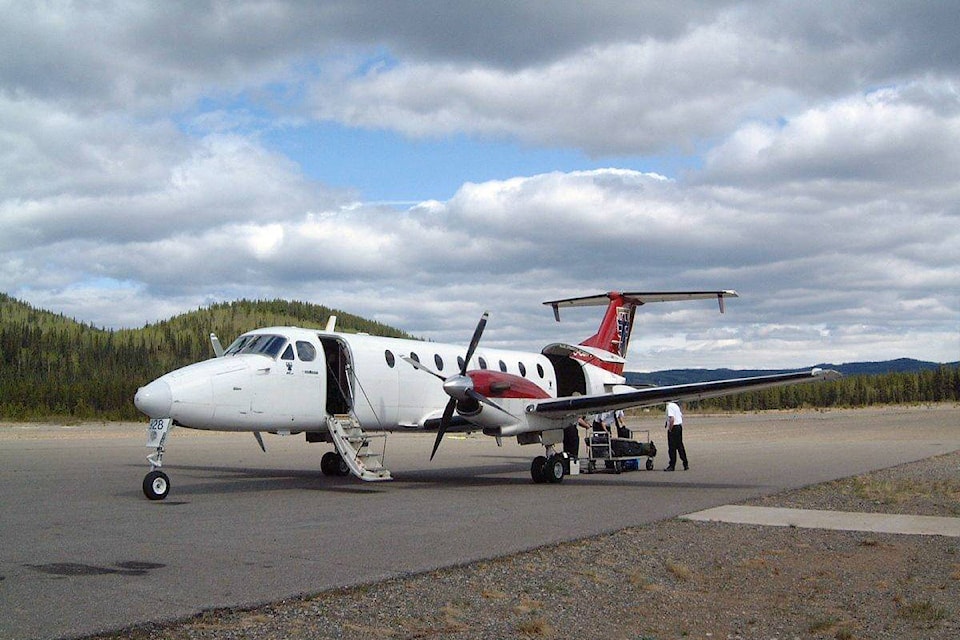The Regional District of Kitimat-Stikine is supporting the Stikine Airport Society in its request for grant funding and has approved gas tax funds for a significant Dease Lake Airport project.
The project is supported by Dave Brocklebank, Telegraph Creek, Iskut and Bob Quinn area director and Tina Etzerza, Dease Lake area director.
The total cost of the project is an estimated $5,169,500 USD. A feasibility study has been completed and the project is shovel-ready. The regional district voted to support the project with $33,333 of Electoral Area D grant-in aid funds and $16,667 of Electoral Area F community works gas tax funds. The district still needs approval from the Union of BC Municipalities.
The Dease Lake Airport was inspected by Transport Canada Civil Aviation Association (TCAA) in 2018. That inspection found several key issues like unserviceable runway lights, runway edge cracking, low brush near the runway and gaps in the perimeter fence.
The airport is not certified by the TCAA for regular scheduled passenger operations.
Mining and exploration companies also identified problems that limit reliable charter flights. Those include deficient safety standards, limited staff and training, no on-site emergency services or medical evacuation capability, inadequate security and unclear airport management and oversight.
Several other areas of the airport do not meet the requirements of the Basic Aviation Risk Standard program of the Flight Safety Foundation.
The Dease Lake Airport is severely affected by winter conditions. The funding application lists low clouds, poor visibility, and a snow and ice covered runway as obstacles to safe winter operations. It states that the Red Chris mine suffers from up to 20 per cent of chartered flights being unable to land in Dease Lake during the winter months.
Also, high terrain to the west of the airport means that night operations are not recommended unless the pilot is familiar with the airport and the conditions are suitable.
Health and safety of residents is another concern. According to the Dease Lake Airport Improvement Plan, the provincial standard for medical evacuations is two to four hours, but flights are taking up to 20 hours to reach Dease Lake, if they are able to get in at all.
There is a large contingent of stakeholders that are seeking improvements to the airport. Those include the Tahltan Central Government, Tahltan Band, Iskut Band, Tahltan Nation Development Corporation, Newcrest Mining, Teck Resources and Skeena Resources among others.
Those stakeholders have committed between $650,000 to $1,150,000 to improve the airport.
The proposal for funding highlights a list of immediate improvements that must be made to ensure safe airport operation.
- Dedicated airport snow clearing equipment
- Aircraft fuelling service
- Aircraft de-icing service
- Aircraft lavatory service
- Ground power aircraft support
- Emergency preparedness
- Airport security screening
- Facilities and infrastructure development
Dease Lake is the largest community in B.C.’s far northwest, home to around 500 people. It services communities in the Tahltan First Nation and around 600 fly-in mining workers at a time.
READ MORE: Passenger numbers gaining altitude at Terrace’s Northwest Regional Airport
@BenBogstie
ben.bogstie@terracestandard.com
Like us on Facebook and follow us on Twitter.
